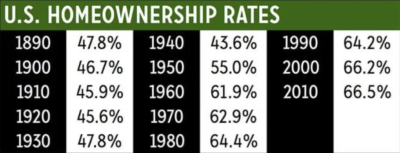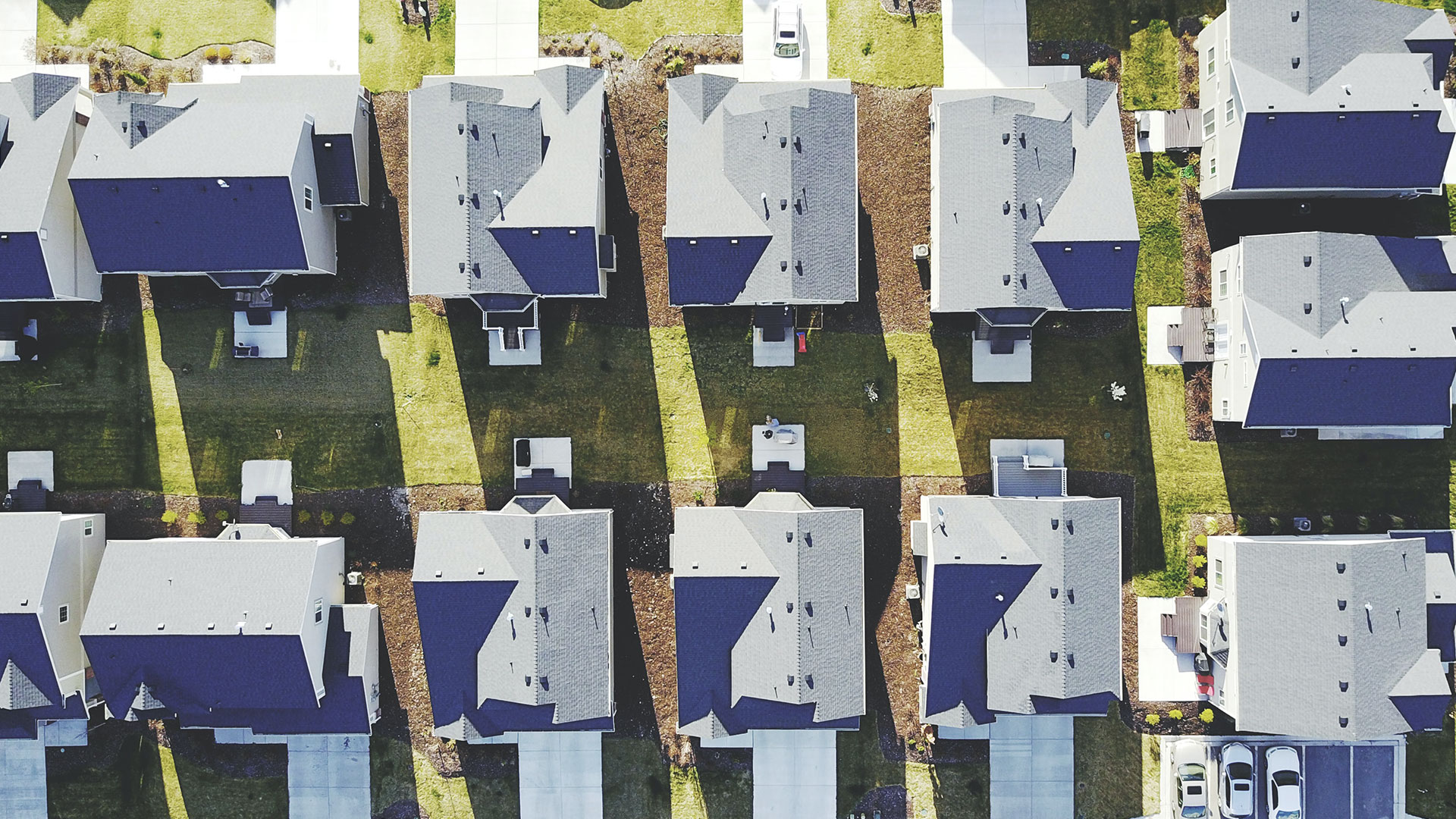In the United States, many of us only know a home-buying world that’s full of mortgages, realtors, and bidding. But what we don’t often think about was how people purchased homes prior to having a realtor…
Home-buying in the 1800’s.
In the 1800s, the only way to purchase a home was to pay for it outright. And the people who did own a home probably owned land and a farm, too. Banks weren’t in the habit of lending money to just “anyone” to buy a home. Mortgages didn’t even hit the scene until the 1860’s, when the National Mortgage Act (now called Fannie Mae) hit the scene, but wouldn’t hit full stride until much later.
Home-buying in the 1900’s.
Early mortgages gained traction, but in the early 1900’s, the Great Depression struck. Banks could no longer afford money. During the 1930’s, about 10% of homes were in foreclosure.
Once the Industrial Revolution hit, homeownership grew in popularity and in accessibility for urban dwellers. Even with that spike in ownership, less than half of all Americans owned a home until the late 1940’s.
Then, between the GI Bill in 1944 (helping WWII veterans with mortgages) and the post-war housing boom, the need for real estate agents skyrocketed. Finally, in the 1950’s, over 50% of U.S. citizens owned a home.
Here’s a snapshot of homeownership rates from the 1890’s to the 2010’s from the U.S. Census Bureau.
You can see firsthand the slow growth, the drop after the Great Recession, the spike after WWII, and the continual growth through the years.

Today.
The continual need for realtors indicates INVENTORY. Which is always good news for homebuyers. So long as realtors are around, the housing market is promising for buyers.


